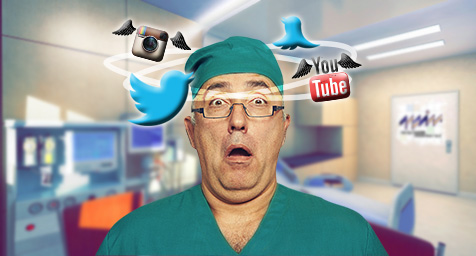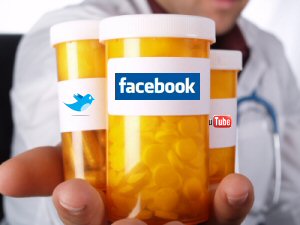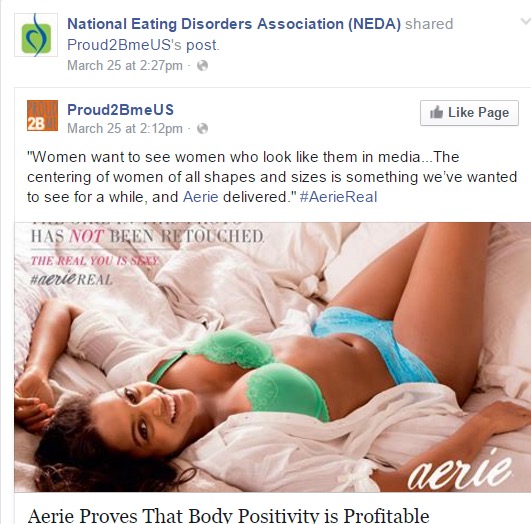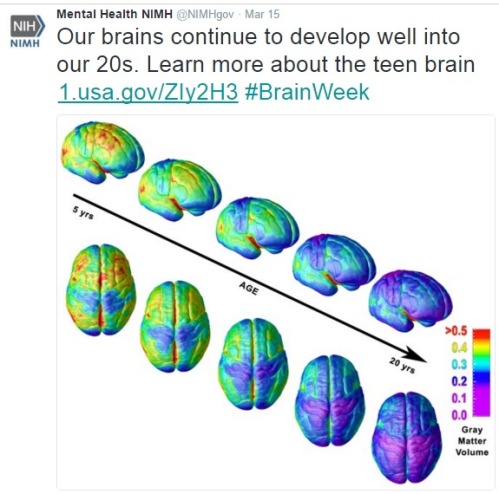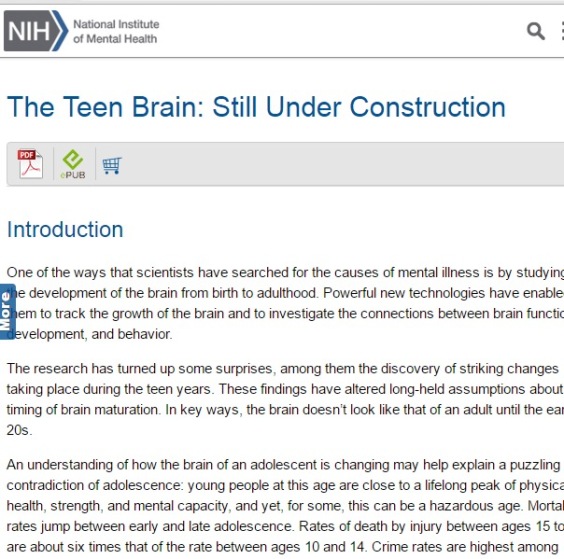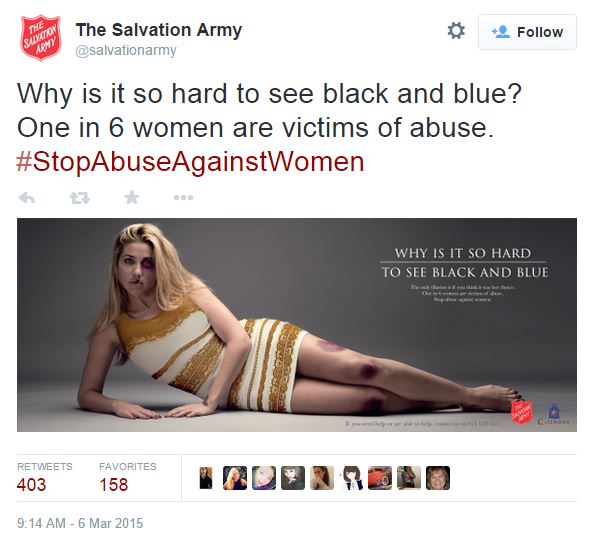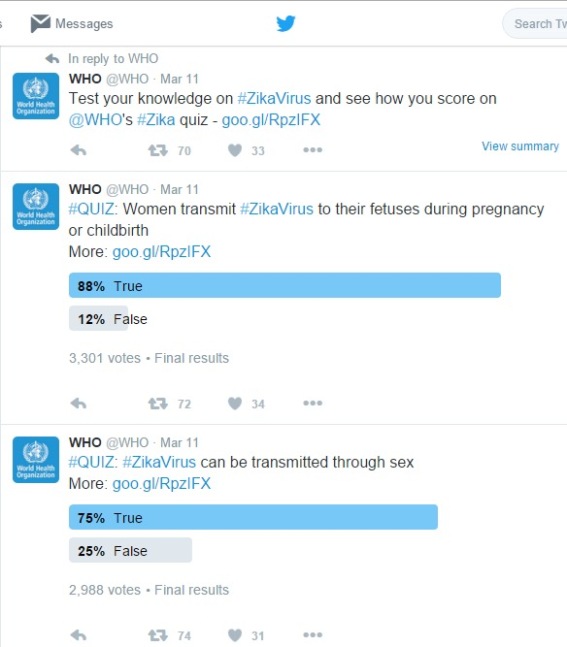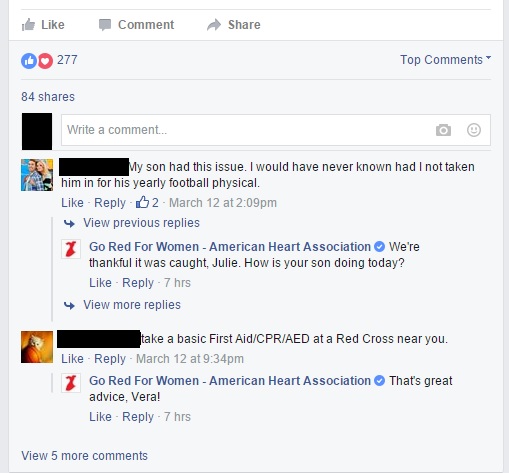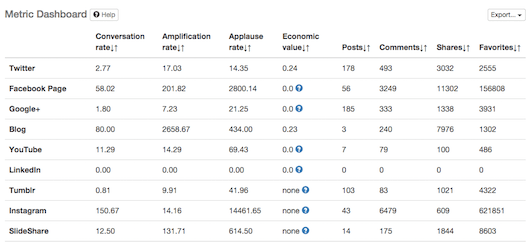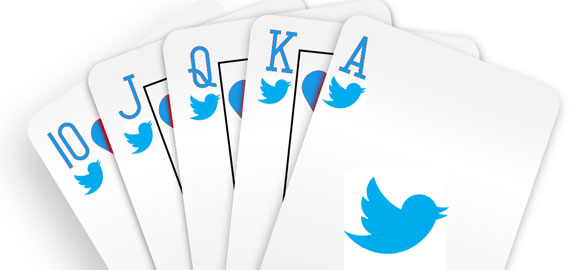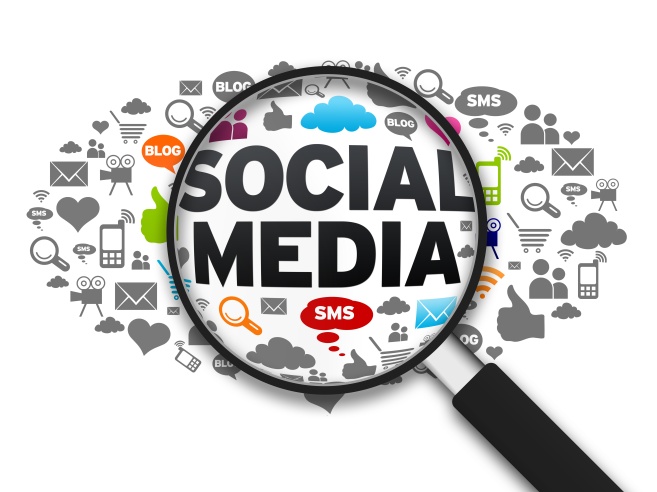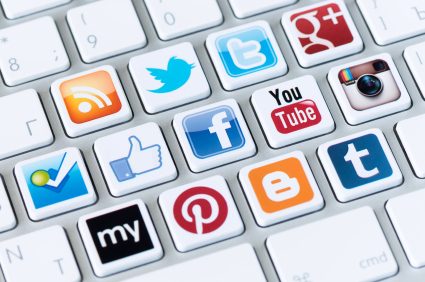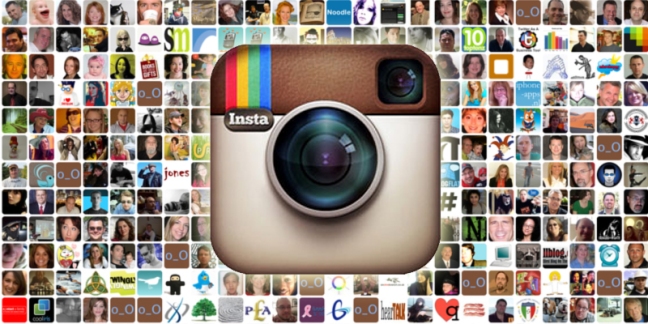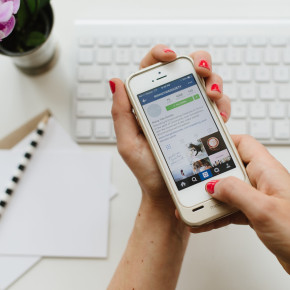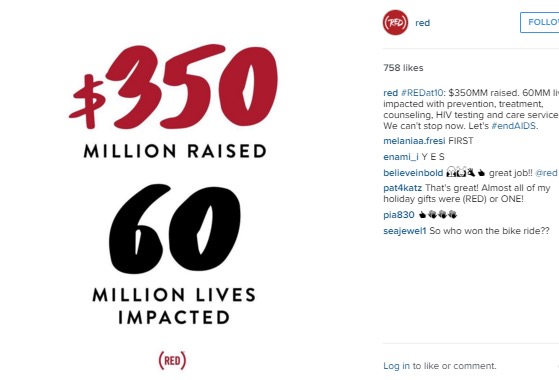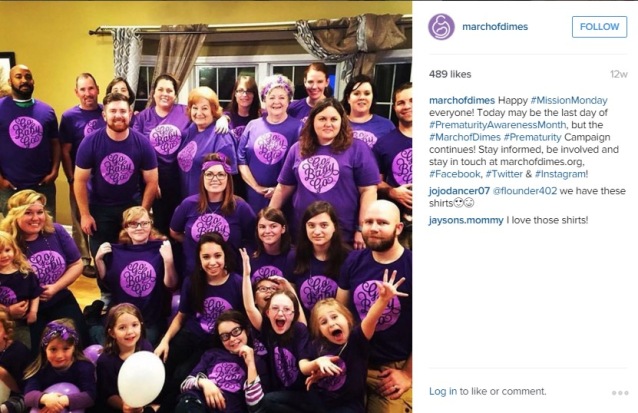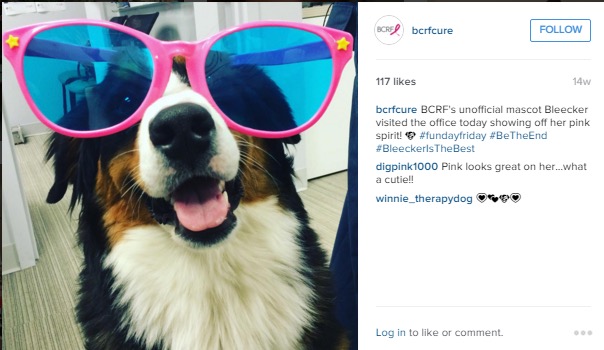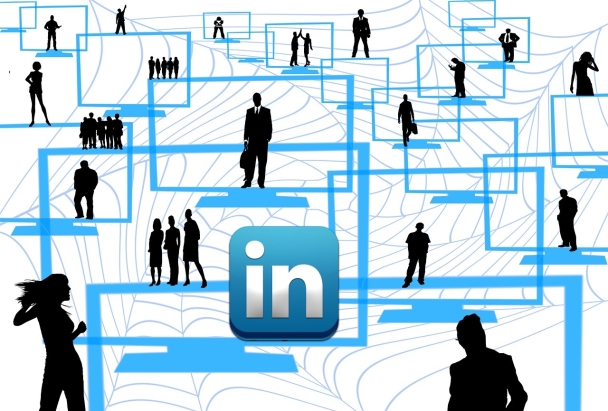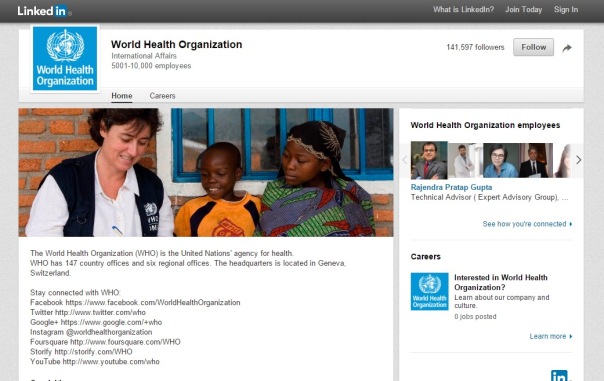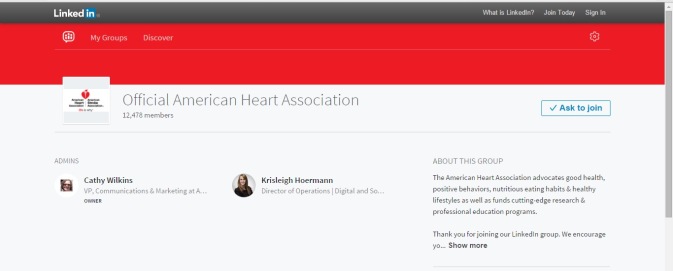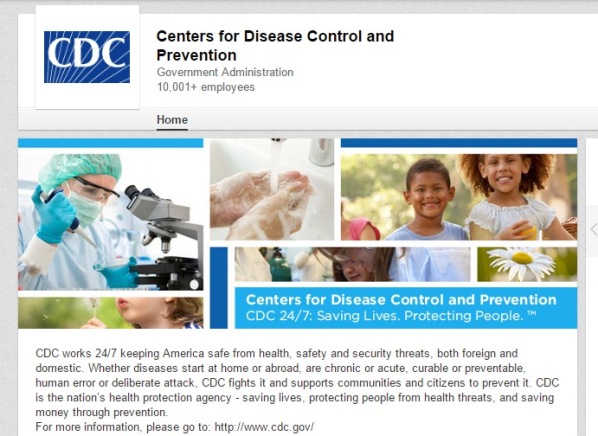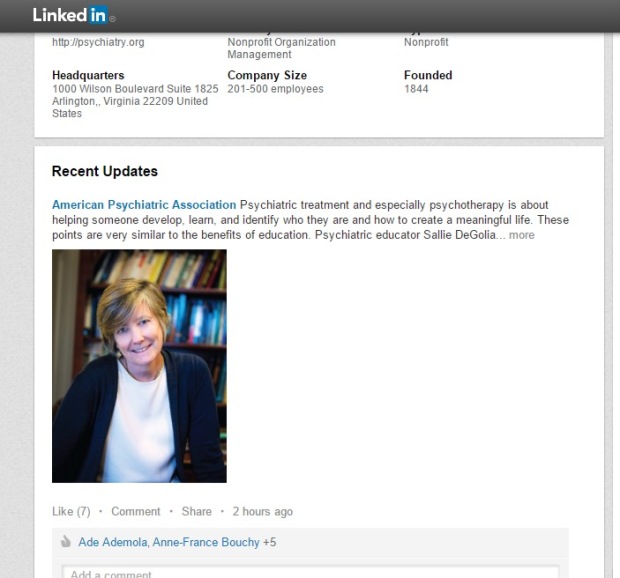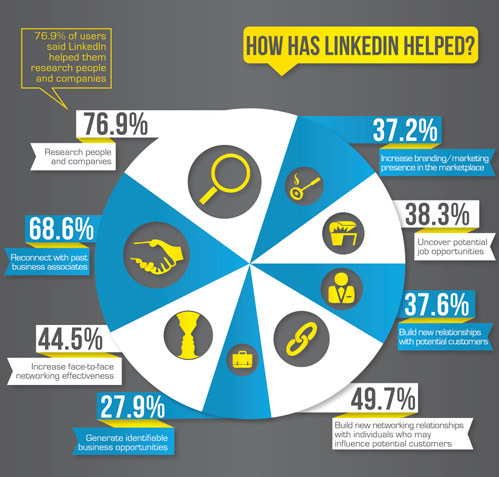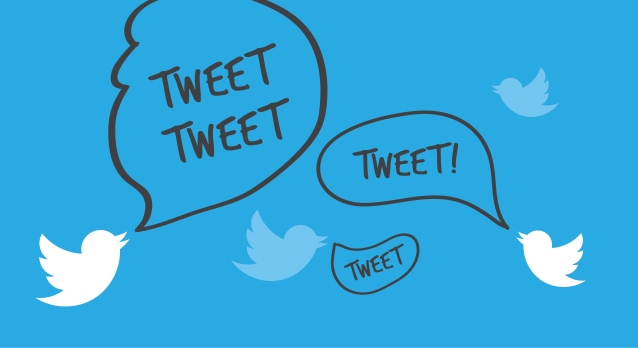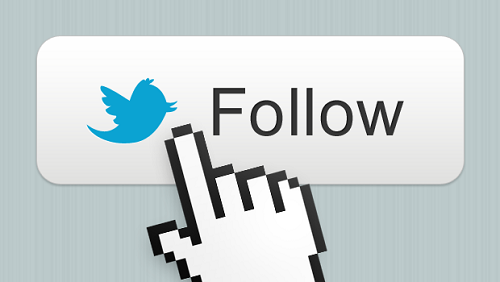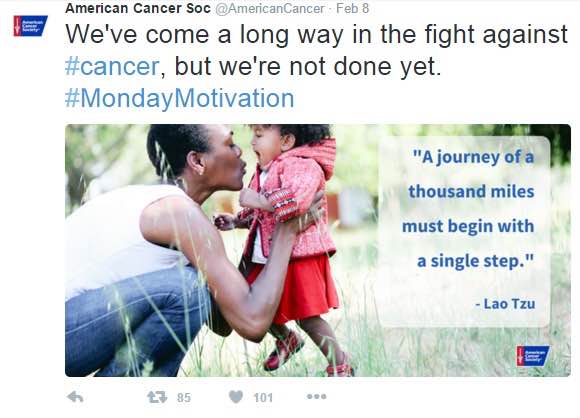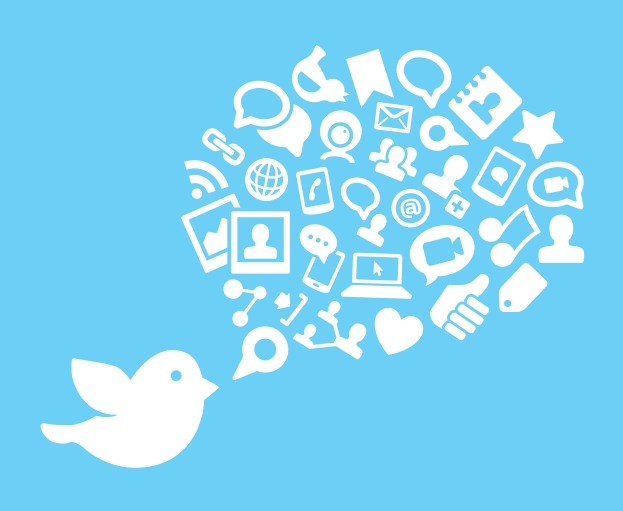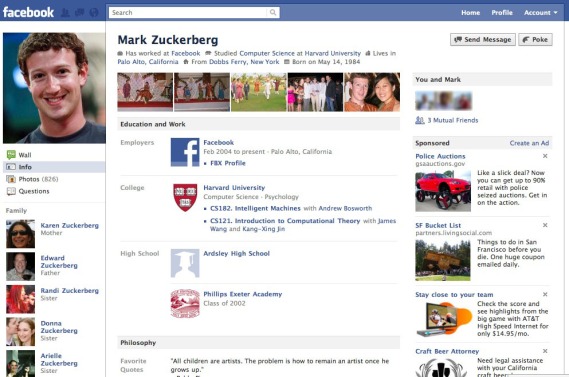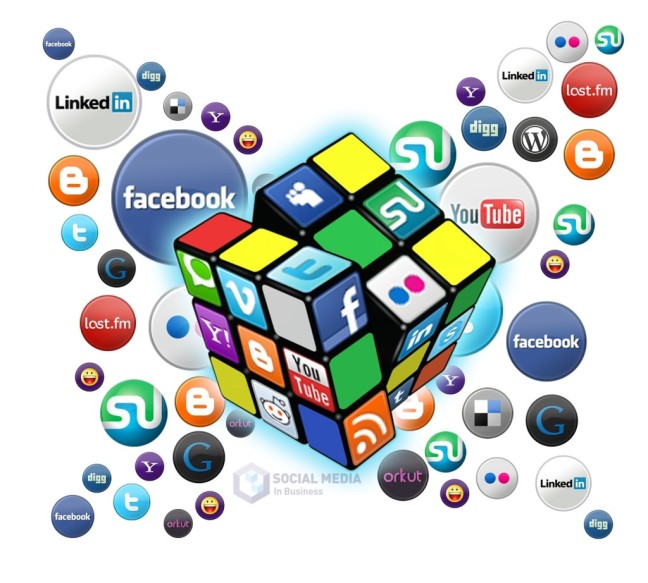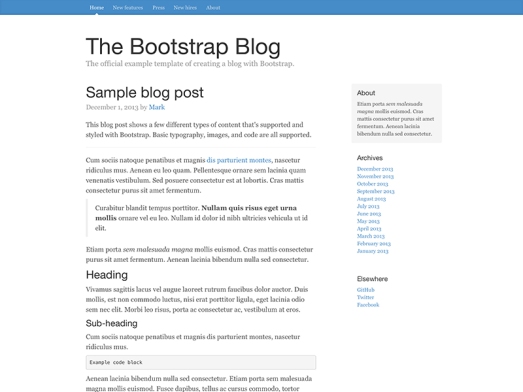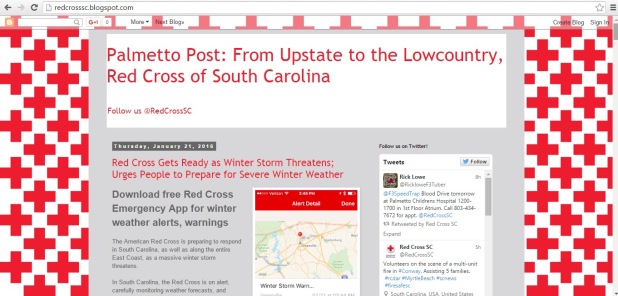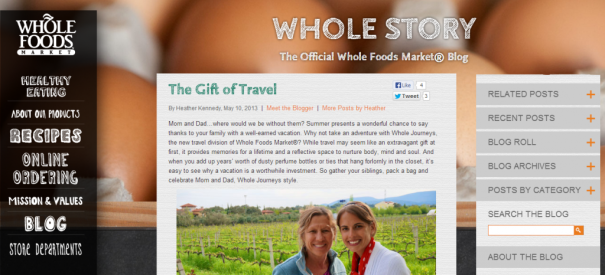The Grand Finale
Here it is, folks: the end of the line, the final curtain call. We’ve had a nice long run, but all good things must come to an end. At this point, you should be a social media pro, ready to promote your health organization with the best tools and strategies available. (And remember, you can always go back and look at any one of my specialized blogs if you need a refresher course.)
I know I’ve thrown a lot of information at you over the past few weeks. You’re probably thinking to yourself: “Okay, what can I take away from all this? What is the most important thing(s) for my health organization to know?”
Or maybe you’re saying, “Hey! Can’t I get a list or something? With – oh I don’t know – maybe 5 bullet points telling me what is important?”

Well, dear reader friends, I’ll be happy to answer those questions for you and your health organization one last time! (Besides, you know much I love bulleted lists.) So here they are: the Five Final Factoids to create the best social media presence for your health organization.
5 Key Principles to Promote your Health Organization
- Target the RIGHT audience
- We’ve talked a lot about this, hence its number one spot on the list. The audience you target with your content depends entirely on the type of organization you are. And with health information, you are targeting a very niched group. Aim and design your information on your social media sites towards the group or demographic that will benefit the most from what you are offering, and they will surely partake.
- Need an example? Health organizations like Teen Mental Health know exactly who their messages are geared towards, and they design their messages to specifically reach that group. They have begun to harness tools such as Periscope and Facebook Live to interact with their teen audience, knowing that is a popular way to get their target audience interested in their media messages.

- Need an example? Health organizations like Teen Mental Health know exactly who their messages are geared towards, and they design their messages to specifically reach that group. They have begun to harness tools such as Periscope and Facebook Live to interact with their teen audience, knowing that is a popular way to get their target audience interested in their media messages.
- We’ve talked a lot about this, hence its number one spot on the list. The audience you target with your content depends entirely on the type of organization you are. And with health information, you are targeting a very niched group. Aim and design your information on your social media sites towards the group or demographic that will benefit the most from what you are offering, and they will surely partake.
- Stay connected with that audience
- There are numerous benefits to responding to feedback from your consumers/followers. People want to see that there is an actual person on the other side of that computer screen who is willing to interact with them, especially when it comes to health topics. Give them a like on a picture on Instagram that has to do with your organization, tweet and re-tweet when they give you praise, respond to questions and concerns in comments on Facebook. Show your audience that you hear them and that their opinions matter to your organization!
- Need an example? The CDC often responds to their followers’ questions with advice or clarification when it comes to hot-button or difficult to understand topics, or even just thanking them for the positive publicity. Be professional, timely and gracious in all your online interactions.
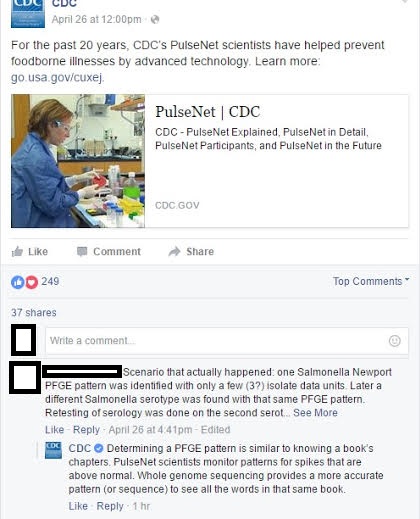
- Need an example? The CDC often responds to their followers’ questions with advice or clarification when it comes to hot-button or difficult to understand topics, or even just thanking them for the positive publicity. Be professional, timely and gracious in all your online interactions.
- There are numerous benefits to responding to feedback from your consumers/followers. People want to see that there is an actual person on the other side of that computer screen who is willing to interact with them, especially when it comes to health topics. Give them a like on a picture on Instagram that has to do with your organization, tweet and re-tweet when they give you praise, respond to questions and concerns in comments on Facebook. Show your audience that you hear them and that their opinions matter to your organization!
- Create & post shareable content
- Updates, pictures, polls, infographics, articles…anything your viewers or followers will find applicable or interesting in their day-to-day lives. The goal is not solely just to give your followers useful health information, but also give your page or your organization more exposure. The more shares your posts get, the better the chances the more people will see and absorb your content.
- Need an example? The WHO does a fantastic job of putting out relevant health information that provides a call-to-action for their followers as well as pertinent knowledge for those followers to base decisions off of. Just check out that number of shares!

- Need an example? The WHO does a fantastic job of putting out relevant health information that provides a call-to-action for their followers as well as pertinent knowledge for those followers to base decisions off of. Just check out that number of shares!
- Updates, pictures, polls, infographics, articles…anything your viewers or followers will find applicable or interesting in their day-to-day lives. The goal is not solely just to give your followers useful health information, but also give your page or your organization more exposure. The more shares your posts get, the better the chances the more people will see and absorb your content.
- Be timely with that content
- Remember way back when we talked about posting frequently just not too frequently? That still applies! No one likes to see tweet after tweet or post after post incessantly. Pick the best time(s) of day to post and stick with it. That way, your followers know when to expect content and they’ll actually be online to like it or share it.
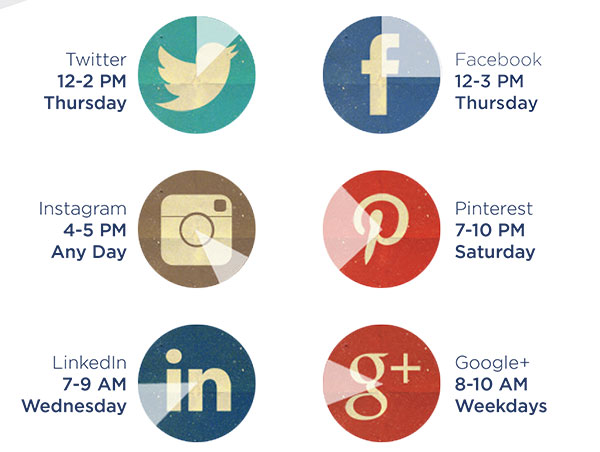
- Also, to make your life easier, make a strategic content calendar for every social media network you use. Plan out what information you will release and when ahead of time.
- Need an example? The March of Dimes tweets about 3 times per day spread out with a couple hours in between each tweet. Not only that, but each tweet is different so the followers don’t get the illusion of the same crafted tweet each time. This way, their followers’ notifications aren’t blowing up and they are seeing fresh new content with each post.
- Remember way back when we talked about posting frequently just not too frequently? That still applies! No one likes to see tweet after tweet or post after post incessantly. Pick the best time(s) of day to post and stick with it. That way, your followers know when to expect content and they’ll actually be online to like it or share it.
- “Brand” your Health organization
- I know you’ve heard this one a lot but that’s only ‘cause it’s truly one of the most important things your organization can learn: BE UNIQUE! Create a “brand” or style that is consistent among all of your social media sites. This provides this great thing called brand recognition, and will get your organization known by not just your current followers and patients/customers, but potential followers as well.
- Need an example? Children’s Miracle Network Hospitals has a very successful and recognizable brand. Not only can people recognize them by their ads and their logo, but their social media presence across networks maintains a consistent style. Even through using a memorable color scheme or a hashtag, that is giving your non-profit or health organization a brand, which will make it stand-out among the rest in the long run.
- I know you’ve heard this one a lot but that’s only ‘cause it’s truly one of the most important things your organization can learn: BE UNIQUE! Create a “brand” or style that is consistent among all of your social media sites. This provides this great thing called brand recognition, and will get your organization known by not just your current followers and patients/customers, but potential followers as well.
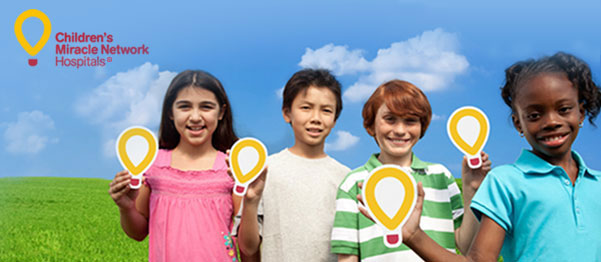
Social Media: the Stepping Stone to a Higher Goal
I’ve said it before, and I’ll say it again: social media is revolutionary tool that can be – if used responsibly – a great asset to your health or non-profit organization. But your goal as a health organization should be foremost to help your specific audience. Use it wisely, and social media will help you get there.
The way I see it, you should be perfectly capable of harnessing the power of social media to promote your organization’s goals and messages, especially after listening to me ramble for the past 3 months. Now, go out there and change the world for the better!


